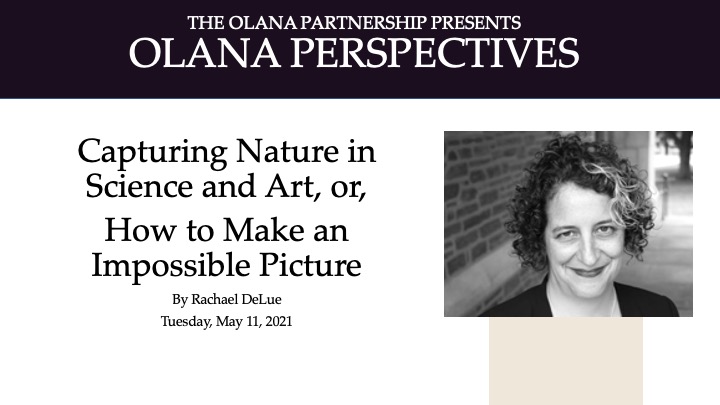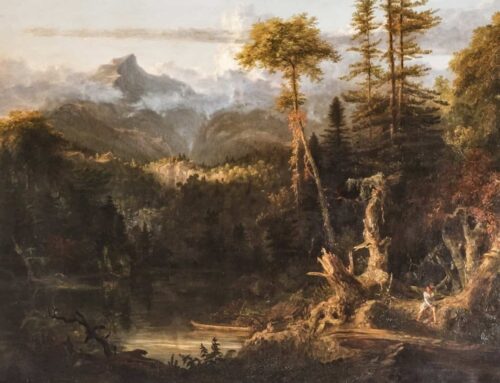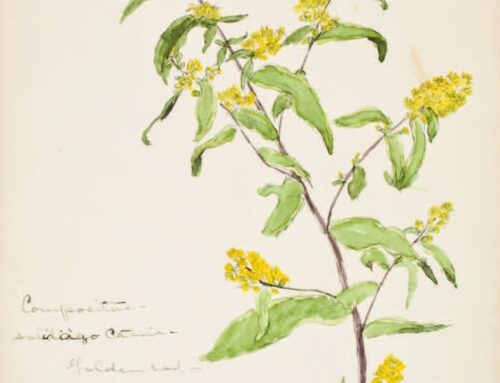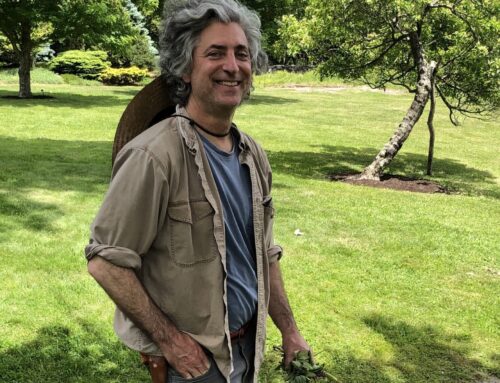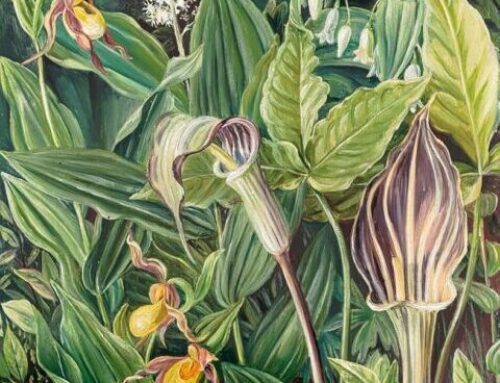Capturing Nature in Science and Art, or, How to Make an Impossible Picture
With Rachael DeLue
May 11, 2021
The nineteenth-century German naturalist Alexander von Humboldt characterized his life’s work as an endeavor “to represent nature as one great whole, moved and animated by internal forces.” In this presentation, Rachael Z. DeLue, Christopher Binyon Sarofim ’86 Professor in American Art at Princeton University, discusses the challenges presented by such an ambitious undertaking.
